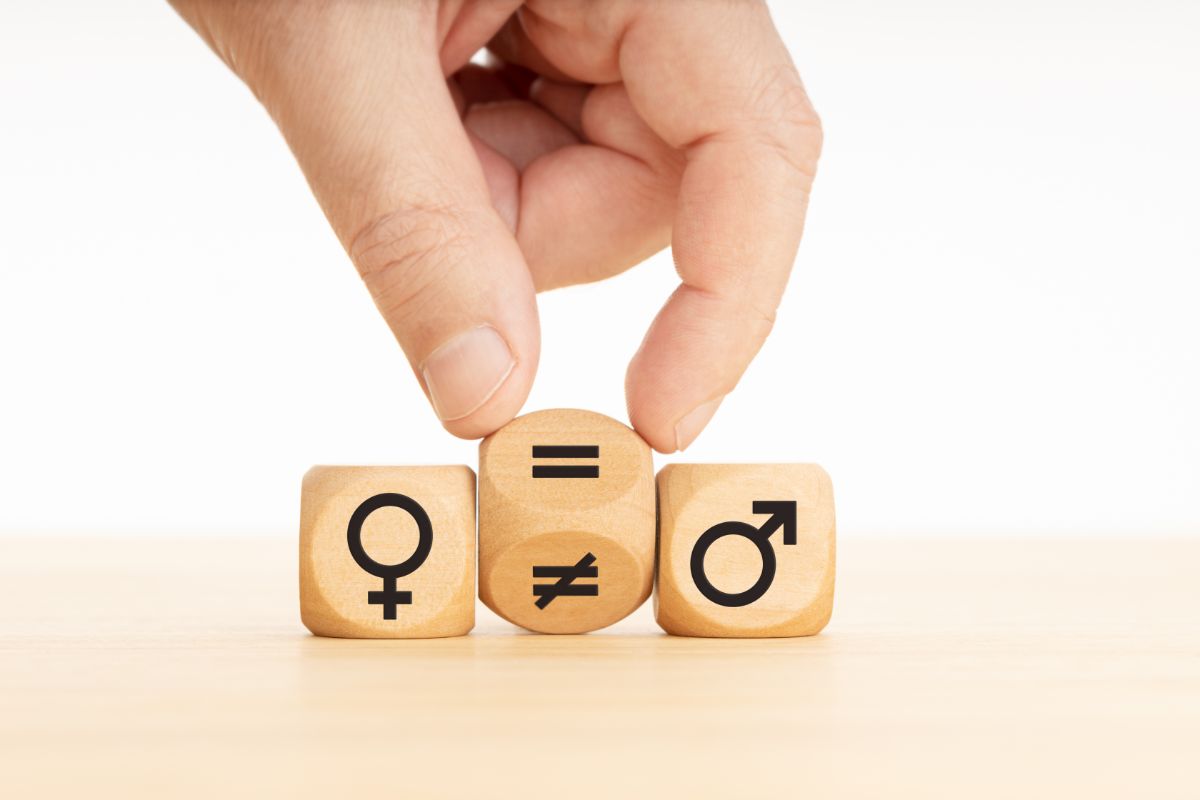Home » Gender Labels – More than just a label
Gender Labels – More than just a label

Sex, gender, gender identityDenoting a person who does not have a fixed gender. Someone ... More – These may sound synonymous but are vastly different in many ways. For the longest time, people didn’t know much about terms like “cisgenderA word to describe a person whose gender identity closely al... More” and “transgender” and this continues to confuse many. If you always had your doubts about gender labels and aspects related to them, here’s a basic overview that can help.
What is the difference between sex and gender?
Simply put, sex is a label. Doctors determine and assign the “sex” of a baby based on the genitals as “male” or “female”. This is what is written on the birthAlso known as childbirth or labor, birth is the process by w... More certificate. Gender, on the contrary, is more complex. If you are a “male” at birth, society expects you to behave in a certain way as per set standards. Both males and females are expected to have certain characteristics that are typically associated with the respective gender.
What is gender identity?
Gender Identity has more to do with how a person identifies themselves. Your gender identity will determine your behavior, choice of clothing, and how you see yourself. The gender identity of a person can be different from their assigned gender. “Sex” is assigned based on factors like chromosomes and genitals, while gender identity is not. This is the precise reason why “biological sex” is something that some people don’t use as a term anymore. To simplify things further, biological or assigned sex at birth is about anatomy.
Understanding types of gender identity
AgenderA gender that doesn’t identify with any gender along the s... More. A person who doesn’t identify with either gender is called an agender. There are also other commonly-used terms for this, including neutral gender and neutrois.
Androgyne – If someone identifies themselves as both masculineExpressing qualities or appearances traditionally associated... More and feminineExpressing qualities or appearances traditionally associated... More, they are an androgyne. In other words, such people identify themselves as having an “ambiguous sexual identity”.
BigenderA gender identity that involves the experience of two distin... More – A person who identifies themselves as both male and female is referred to as a bigender. People often confuse this with bisexuality.
Bisexuality – is when a person is attracted to both males and females and is not about gender identity.
ButchHaving a masculine appearance or other characteristics. In q... More. Some women, especially lesbians, refer to themselves as “Butch”, which is a way of expressing masculinity while being a female. People of the LGBTQIA community often identify “butch” as a gender identity too.
Cisgender – When a person identifies with the sex that they were assigned at birth. If you were born “male” at birth and identify yourself as a man, you are cisgender.
Genderfluid – A person is referred to as “Genderfluid” if they don’t have a fixed “gender Identity” all the time. People who are genderfluid often identify themselves with different genders at different points in time.
GenderqueerSimilar to “gender fluid,” “genderqueer” is an expli... More – A person who doesn’t follow or conform to the standard binary gender norms is a genderqueer. The term has been around since the 90s.
Nonbinary – If a person doesn’t experience gender as male or female, they typically identify themselves as nonbinary.
Omnigender – If a person who identifies and possesses all genders is referred to as an omnigender. There is also another term called pangender, which refers to individuals who display or identify themselves with parts of multiple genders.
Transgender – This is probably one of the most commonly confused terms out there. A person who identifies themselves with a different gender than the one they were assigned at birth is transgender. People who identify themselves as nonbinary or genderfluid are also called transgender people.
Talking about gender labels
Gender labels need attention and should be discussed. It allows a person to truly accept their identity, body and feelings instead of merely conforming to a label they were assigned at birth. For example, someone who identifies themselves as a “Two-Spirit” doesn’t really identify with the binary definition of genders. People who are not cisgender often find it hard to express their mind and what they feel inside their body, and with thriving communities and growing support for gender identity, they can truly accept their truth.
The world needs to think beyond the binary gender labels and accept gender identities, which can be vastly different from one another. There is already a positive change in that direction, with more parents trying to avoid gender labels and allowing their children to identify and accept their gender and feelings. It’s more important now than ever to allow “gender expressionThe ways in which a person expresses their gender identity, ... More” and think beyond the labels.






